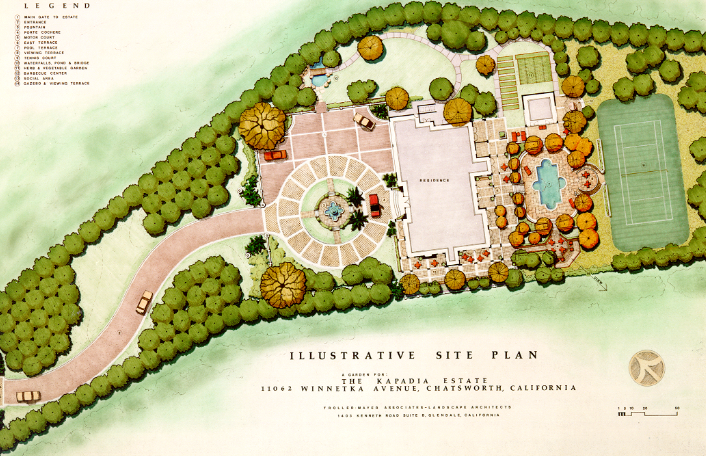Landscape Architecture Site Plans: An Essential Guide
Landscape architecture site plans play a pivotal role in shaping outdoor spaces, whether they are parks, gardens, or residential areas. Understanding these plans is vital for anyone involved in building projects, as they outline the design and layout of a site to enhance aesthetics, functionality, and environmental sustainability. This article will explore the components of site plans, their importance, and how they contribute to successful landscaping projects.
Understanding the Components of Site Plans
A well-designed landscape architecture site plan includes several key elements. First, it typically features a detailed layout of the land, including existing vegetation, topography, and built structures. Additionally, the plan outlines proposed changes, such as new plantings, pathways, and water features. By incorporating these aspects, landscape architects can effectively visualize how different elements will work together in the final design. Understanding these components is crucial for homeowners, developers, and city planners as they ensure that the proposed landscape aligns with their goals and site conditions.
The Importance of Site Plans in Landscape Design
Site plans serve multiple functions in the landscape architecture process. They not only provide a visual representation of the proposed design but also facilitate communication among stakeholders. For instance, contractors can reference these plans during the construction phase to ensure all features are implemented as intended. Furthermore, site plans help in obtaining necessary permits and approvals from local governments, as they clearly demonstrate compliance with zoning regulations and environmental considerations. Therefore, investing time and effort into developing a high-quality site plan can save significant resources and reduce risks later in the project.
Creating Sustainable Outdoor Spaces
In today’s environmentally conscious world, landscape architecture site plans increasingly focus on sustainability. This includes planning for native plant species that require less water and maintenance, as well as incorporating techniques such as rain gardens and permeable paving. By doing so, these plans help in managing stormwater runoff and promoting biodiversity. The integration of sustainable practices in site plans not only enhances the ecological value of a project but also contributes to the overall health and well-being of the community. It encourages homeowners and developers to consider the environmental impacts of their landscape choices.
Conclusion
Understanding landscape architecture site plans is essential for anyone involved in outdoor design and development. By familiarizing yourself with the components and importance of these plans, as well as their potential for sustainable practices, you can make informed decisions that enhance your landscape projects. Whether you’re a homeowner looking to beautify your garden or a developer planning a community park, consider exploring further to gain the knowledge necessary for successful landscape architecture.

